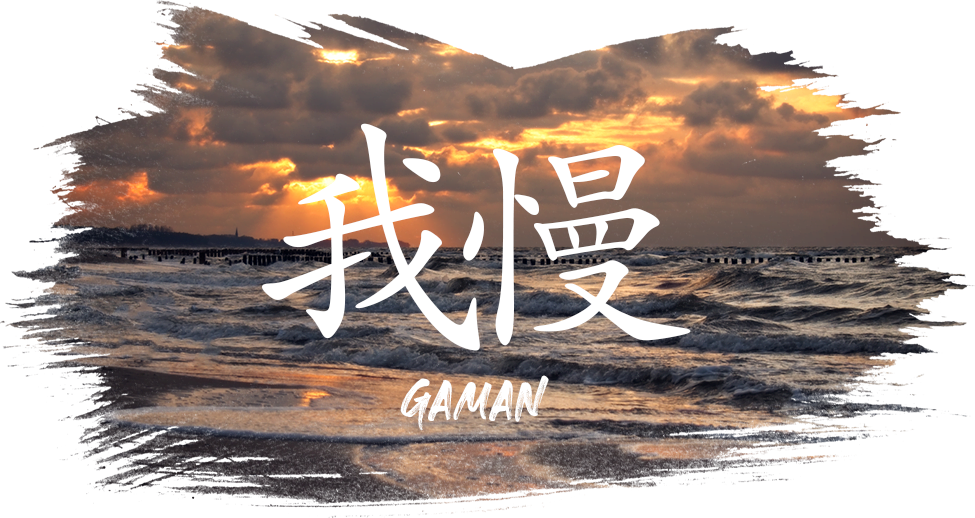
Gaman Meaning: The Japanese Philosophy of Resilience
In Japanese culture, "gaman" represents a profound philosophy of endurance and resilience that transcends simple perseverance. This powerful concept embodies the art of facing life's challenges with dignity, patience, and unwavering strength.
Cultural Foundation
Deeply rooted in Japanese tradition and the concept of "giri" (obligation), gaman encompasses the practice of enduring difficulties without complaint or resentment. This cultural cornerstone emerged as a vital coping mechanism during historical periods of adversity, shaping Japanese society's approach to challenges and hardship.
Core Principles
The essence of gaman extends beyond its literal meaning of "endurance" or "patience." Derived from the verb "gamu," this philosophy encourages self-restraint, emotional control, and maintaining composure during challenging times. It represents a holistic approach to personal growth through resilience.
Practical Applications
Gaman manifests in various aspects of Japanese life, from traditional tea ceremonies to martial arts like Kendo. These practices demonstrate the discipline and self-control central to gaman, offering practical examples of how to incorporate resilience into daily activities.
Modern Relevance
Today, gaman's principles remain invaluable for personal development and emotional well-being. By cultivating self-awareness, adopting a growth mindset, and building supportive communities, individuals can harness gaman's transformative power to navigate modern challenges with grace and fortitude.
Artistic Expression
The concept of gaman has profoundly influenced Japanese art, literature, and popular culture. From traditional artwork to contemporary literature by authors like Haruki Murakami, these creative expressions continue to explore and celebrate the power of resilience and inner strength.



